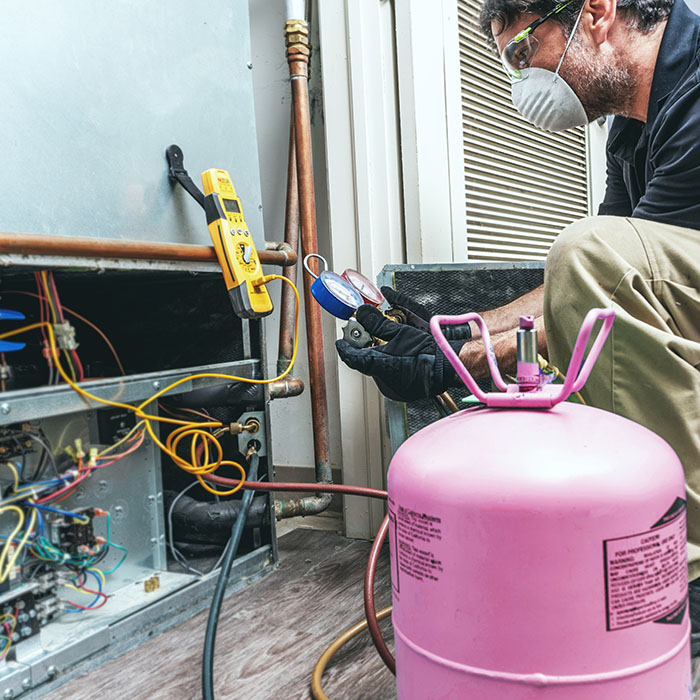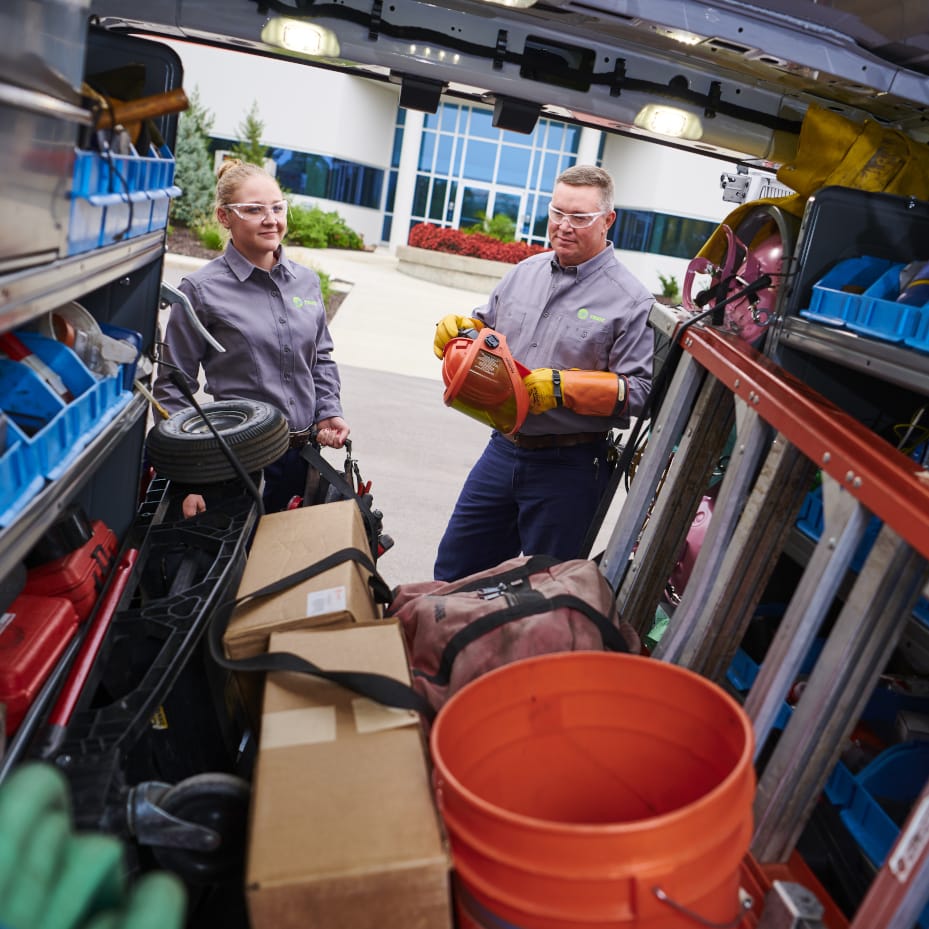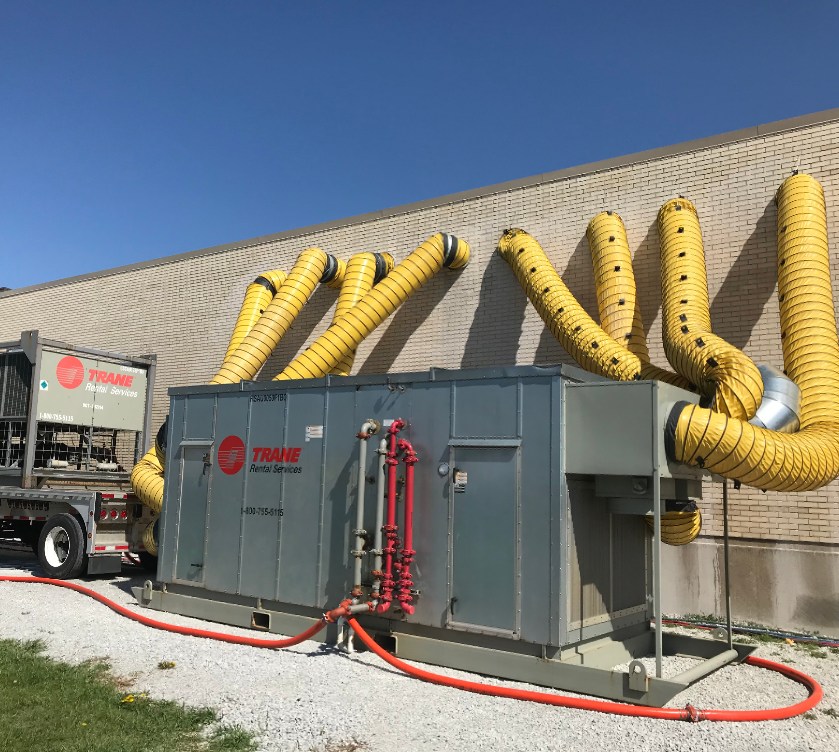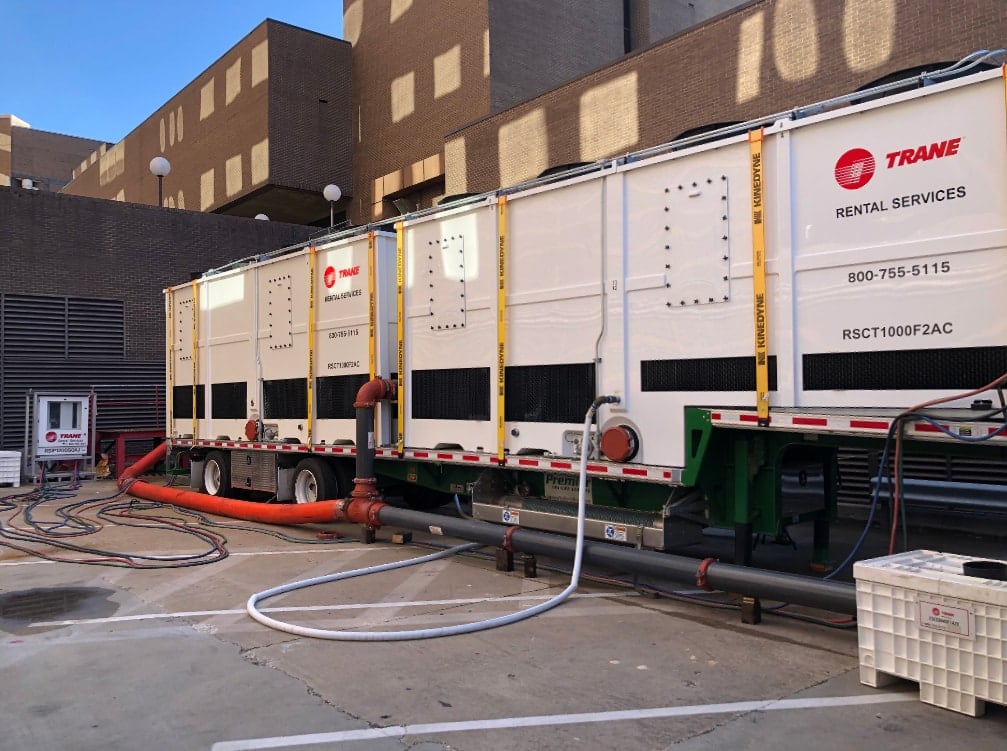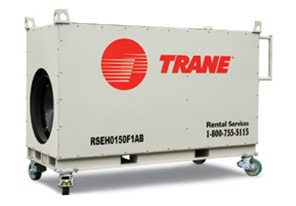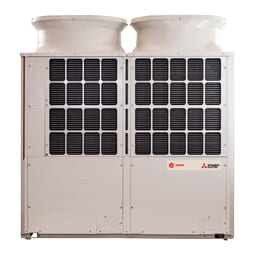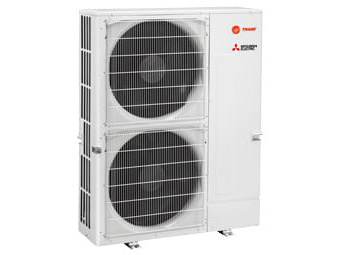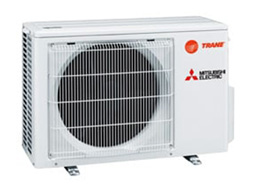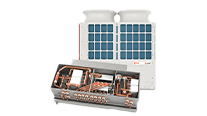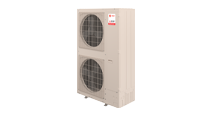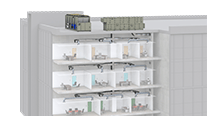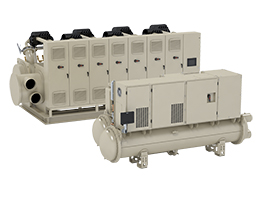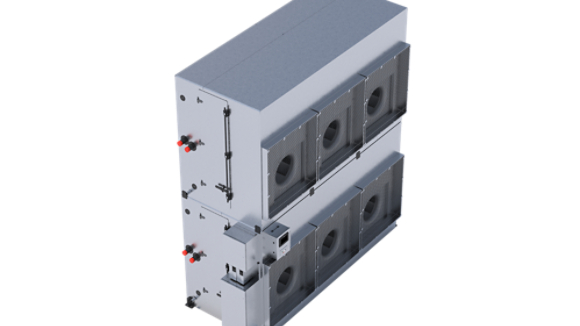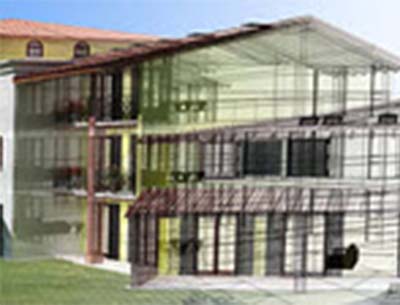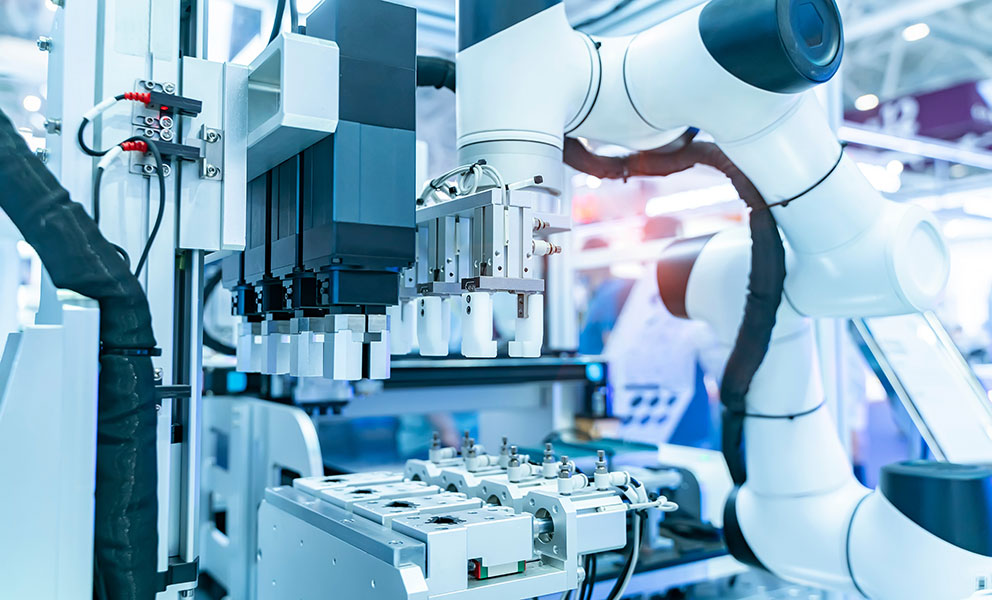Building decarbonization is today’s most important sustainability topic. It refers to processes that prevent or reduce carbon gases from being released into the atmosphere, often as the result of burning fossil fuels. National commitments to reduce carbon emissions have resulted in unprecedented funding opportunities for schools and other buildings to pursue decarbonization upgrades. Read our recent blog where we break down the various ways to fund building improvement projects.
With this vast amount of funding up for grabs, we sat down with Kasey Boxleitner Trane’s Decarbonization Sales Leader to find out what schools can be doing to help to clean up their carbon contributions.
Q. So, what is the number-one thing we can do to decarbonize our school buildings?
A. Upgrade older heating and air conditioning systems.
Q. Why is that?
A. Energy efficiency is a basic decarbonization tactic: Systems that use less energy emit less carbon, and HVAC equipment has undergone somewhat of a transformation recently to meet new Department of Energy 2023 efficiency requirements. The same goes for the refrigerants that are used in air conditioning systems. Newer models are required to use next-generation refrigerants and refrigerant replacements that have a much lower global warming potential (GWP) than the refrigerants that are in use today. So, even if you’re not thinking “decarbonization” when you’re replacing older equipment, you’re going to get many of the benefits simply because they are built in.
Q. You’ve talked mostly about cooling, but what about heating?
A. One of the most significant changes is the shift away from heating systems that run on fossil fuels. New electric heating methods are really catching on and the decarbonization potential will keep increasing as the electricity grid relies more and more on renewable energy sources, like solar and wind.
Q. Is electric heating practical?
A. Today’s generation of all-electric and hybrid “dual fuel” systems are much more energy efficient and cost effective than previous methods. There are a lot of creative ways to electrify heating today, and many systems can provide both heating and cooling (and in some cases both simultaneously) by applying the basic premises of traditional heat pumps… Trane has a new series of “chiller heaters” that can use ice to heat buildings, many of our rooftop units have reversing valves that enable one unit to deliver both heating and cooling for buildings. And Variable Refrigerant Flow systems offer heat recovery and can respond to rapid changes in buildings with diverse occupancy patterns.
Q. We just replaced HVAC equipment a few years ago. How can we make it more sustainable?
A. Adding a modern building automation system (BAS) can do quite a lot to reduce the amount of energy that buildings consume—some experts say by as much as 40%. Building automation optimizes energy use; meaning the building only uses the amount of energy that’s really needed to support occupant comfort and productivity. Learn more at Project Drawdown: Building Automation
Q. There’s so much science at work here. It would be a great STEM lesson!
A. We agree! That’s why Trane has educational programs that use schools as real-life learning labs. Our two BTU CREW™ programs for students in grades 4-7 and 8-10 bring STEM learning to life using your building and energy analytics tools. Programs for grades 11-12 introduce higher-level tech learning and build awareness of in-demand technical career paths. We’ve also partnered with NC3 to offer a Decarbonization course for students interested in learning how to use building and energy data to identify how to create more sustainable spaces. Learn more about all of our programs here: Trane K-12 Education Programs
Interested in learning more? visit our K12 Decarbonization resource center today!





